Liz Wiseman is a great author and an even better speaker. I heard her at an ACSA Conference in San Diego and saw her in a whole different light. She is funny, positive and incredibly real. This book has struck a chord with me. Ask any leader who is actually trying to make change, and […]
Book Genre: Education/Leadership
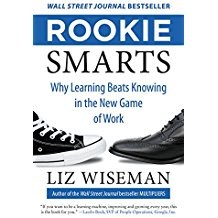
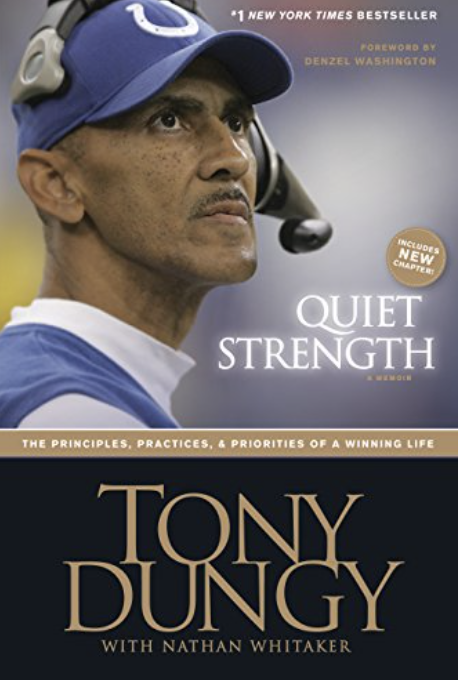
Quiet Strength
Tony Dungy
2007
Read: 2010 or before
Education/Leadership, Non-Fiction
I listened to Mr. Dungy read his books while driving back and forth to work. Again, www.audible.com for great downloads right to your iPod. I’ve always admired the man and did not know much about him. A very successful, and once very publicly fired, NFL head coach, and in 2007 the winning coach of the […]
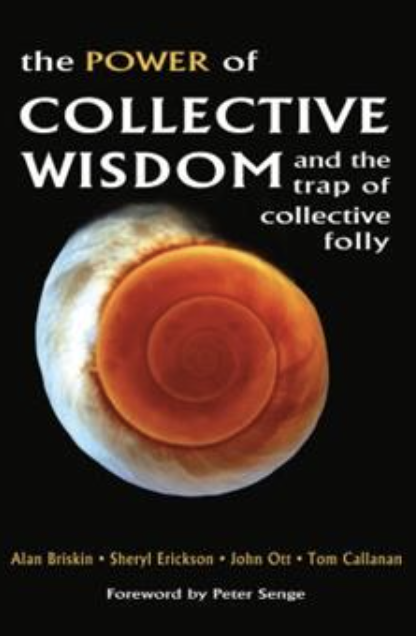
The Power of Collective Wisdom
Alan Briskin and Sheryl Erickson
2009
Read: 2014
Education/Leadership, Non-Fiction
I read The Wisdom of Crowds a few years back. It told of the mathematical wisdom of crowds. Give enough people a chance to have input, and the right answer emerges. It’s why democracy works … most of the time. The average guess of thousands of people regarding the number of marbles in a jar […]
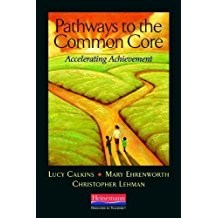
Pathways to the Common Core
Lucy Calkins
2012
Read: 2014
Education/Leadership, Non-Fiction
We have trained almost all of our elementary teachers in writing the way Lucy Calkins and Columbia University teach writing. It’s a method that works to make all students believe they are authors, and takes them through the process of writing, editing, re-writing, editing and honing the process until you come up with a final […]
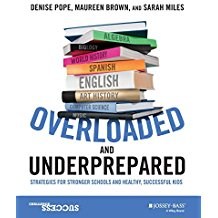
Overloaded and Underprepared
Denise Pope
2015
Read: 2015
Education/Leadership, Non-Fiction
This book has become a very important book in our district. Written by a group of Stanford University School of Education leaders, and former teachers, it talks about the fact that the stress level of our students is extraordinary, and we’re often overloading them with the wrong things. The blame is placed in lots of […]
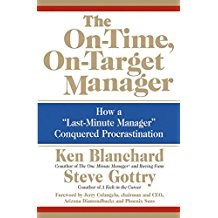
The On-Time On-Target Manager
Ken Blanchard and Steve Gottry
2004
Read: 2010 or before
Education/Leadership, Non-Fiction
Procrastination damages everything it touches. Schools, kids, business and families. It must be admitted to and dealt with. In this fable, Bob, the always late and disorganized manager, meets with a “CEO – Chief Effectiveness Officer,” and hears about the three P’s of being an on-time, on-target manager. Prioritize. Just as an emergency room triages […]
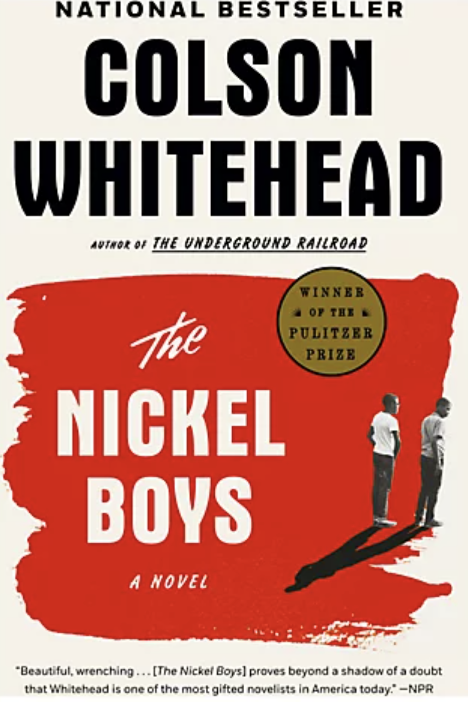
The Nickel Boys
Colson Whitehead
2019
Read: 2021
Education/Leadership, Fiction
I “read” this book via an audiobook. I love audiobooks when I am traveling, but for some reason, not while commuting. I listened to this one as I drove up and back from visiting my son up in Sacramento. It’s a historical fiction book, but it is based on research and in my mind, highly […]
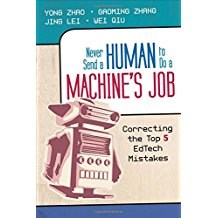
Never Send a Human to Do a Machine’s Job
Yong Zhao
2015
Read: 2016
Education/Leadership, Non-Fiction
This is a thoughtful book about how technology should be used in education and learning. In spite of increasing amounts of money invested in technology in schools, there have not been major shifts in student achievement. This book talks about five reasons that may have happened and offers recommendations for how technology can positively impact […]
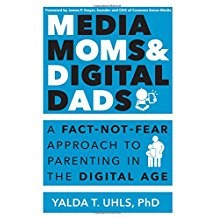
Media Moms and Digital Dads
Yalda Uhls
2015
Read: 2016
Education/Leadership, Non-Fiction
Our Education Foundation brought in Yalda Uhls to speak to our parents about students and technology. I introduced her and to do so felt a need to read her book prior to that, again it’s a great read about parenting in this age, which is no easy thing. I love the fact that Dr. Uhls […]
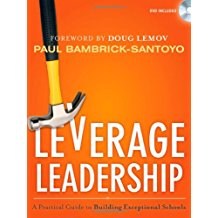
Leverage Leadership
Paul Bambrick-Santoyo
2012
Read: 2015
Education/Leadership, Non-Fiction
This book tells the story of the power of data in transforming schools and helping all students to achieve. I am a bit ambivalent about this one. While I agree with the premise, my philosophy of learning leans toward the more holistic side. I do not relish the idea of making learning about testing. I […]

Make Your Bed: Little Things that Can Change Your Life … and Maybe the World
Admiral William H. McRaven
2017
Read: 2021
Education/Leadership, Non-Fiction, Reading Now
I’ll get to the title of the book later. This is written about the trials and travails of life. It’s about how life can kick you in the teeth, whether or not you deserve it. He writes about Naval SEAL training and the strength you need to get through that. SEAL training prepares our young […]
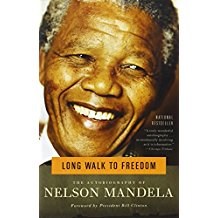
The Long Walk to Freedom (The Autobiography of Nelson Mandela)
Nelson Mandela
2013
Read: 2014
Education/Leadership, Non-Fiction
I read this book after the great Nelson Mandela died. I’m so happy that I read it, but it took me forever. I would not call it an engaging book, but it is certainly informative. I think he is one of the great figures in modern history, and an inspiration to any who face seemingly […]

The Life Changing Magic of Tidying Up
Marie Kondo
2011
Read: 2018
Education/Leadership, Non-Fiction, Reading Now
I was listening to an architect who specialized in building new schools talk about what classrooms should be. One of his pet peeves was all of the nonsensical and nonpurposeful clutter that occupies many classrooms. He thought that every classroom should contain only those items which are useful for teaching and learning or inspirational for […]
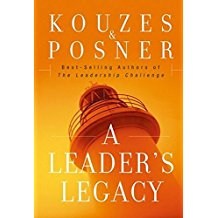
A Leader’s Legacy
James Kouzes
2007
Read: 2014
Education/Leadership, Non-Fiction
This book focuses on the personal legacies of our leadership. How does our relationship with those we lead help them to grow? “The most significant contributions leaders make are not to today’s bottom line but to the long-term development of individuals and institutions that adapt, prosper, and grow” I have had many wonderful mentors in […]
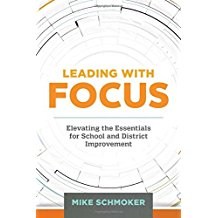
Leading with Focus
Michael J. Schmoker
2016
Read: 2017
Education/Leadership, Non-Fiction
Schmoker’s original book, simply called Focus, remains one of my favorite educational books of all time. Schmoker’s point remains the same: schools need to narrow their focus on what they are trying to do. His three major pushes are for schools to have a coherent curriculum, have sound lessons, and teach literacy. In other words, […]

Living Forward: A Proven Plan to Stop Drifting and Get the Life You Want
Michael Hyatt and Daniel Harkavy
2016
Read: 2018
Education/Leadership, Non-Fiction
I am a big goal-setter. I find that I am much more focused and driven when I write down my goals or when I have target events to shoot for. If I have neither, I can kind of drift. This book caught my attention because it was recommended by many and it clearly focuses on […]
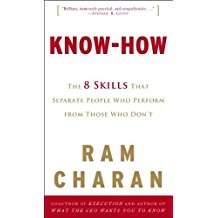
Know How
Ram Charan
2007
Read: 2016
Education/Leadership, Non-Fiction
I actually did not find a lot of application for this book for the public education sector. If I were starting a charter school or an internet-based school, two ideas that will continue to grow and shape the education scene, then I might be more interested in examining this book more closely. But I did […]
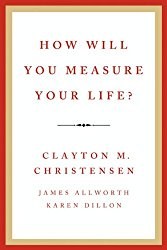
How Will You Measure Your Life?
Clay Christensen
2012
Read: 2012
Education/Leadership, Non-Fiction
I had all of our administrators read this book this summer, and they loved it. He asks and advises on three questions. How can I be sure that: I will be successful and happy in my career? My relationships with my spouse, my children, and my extended family and close friends become an enduring source […]
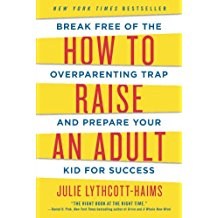
How to Raise an Adult
Julie Lythcott-Haims
2015
Read: 2019
Education/Leadership, Non-Fiction
How to Raise an Adult, by Julie Lythcott-Haims (2015) I had the chance to hear Julia L-H speak near Stanford University last year. She is a highly enthusiastic person who has seen first hand the impact of children who are raised with helicopter parents. This book is about trying to avoid that helicopter syndrome, and […]

Horace’s Compromise and Horace’s School,
Ted Sizer
1984 and 1992
Read: 2010 or before
Education/Leadership, Non-Fiction
by Ted Sizer (1984 & 1992) These are books that came out in 1984, as I was beginning my teacher preparation master’s program, and 1992, as I was entering my first principalship. Both of these books have had profound influences on me and my leadership of schools. In short, Ted Sizer gets secondary schools. He […]
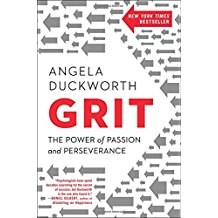
Grit: The Power of Passion and Perseverance
Angela Duckworth
2016
Read: 2017
Education/Leadership, Non-Fiction
Grit is the story about how we often are quick to praise students for their natural ability. We don’t as often praise students for the hard work that it takes to be successful. Grit gives example after example of how successful people in our world today may certainly be impacted by their level of natural […]
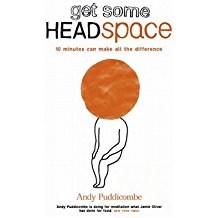
Get Some Headspace
Andy Puddicombe
2012
Read: 2016
Education/Leadership, Non-Fiction
In the 2015-16 school year, we made our first foray into bringing mindfulness into our classrooms. We trained all of our elementary teachers in the MindUp program. This program is designed to teach our students about how the brain works, how stress can overload the brain, how having little or no downtime prevents the brain […]

From Values to Action: The Four Principles of Values-Based Leadership
Harry M. Kraemer
2011
Read: 2019
Education/Leadership, Non-Fiction
I read this book in preparation for the fall 2019 meeting of Consortium 2032, our group of seven school districts who work together towards continuous improvement. Mr. Kraemer is a resident of New Trier, Chicago, which is where our Consortium was hosted and has spoken to the leaders of that school district many times. He […]
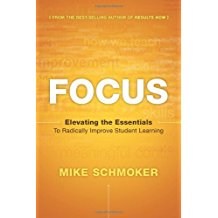
Focus: Elevating the Essentials To Radically Improve Student Learning
Mike Schmoker
2011
Read: 2011
Education/Leadership, Non-Fiction
I love this book. Love it. Mike Schmoker, a long advocate of using data to guide instruction, brings so many of his ideas together here. He has written a simple and direct book that basically says we just need to do two things well: Check for understanding and Promote excellent reading and writing skills. Some quotes: […]